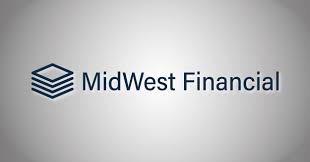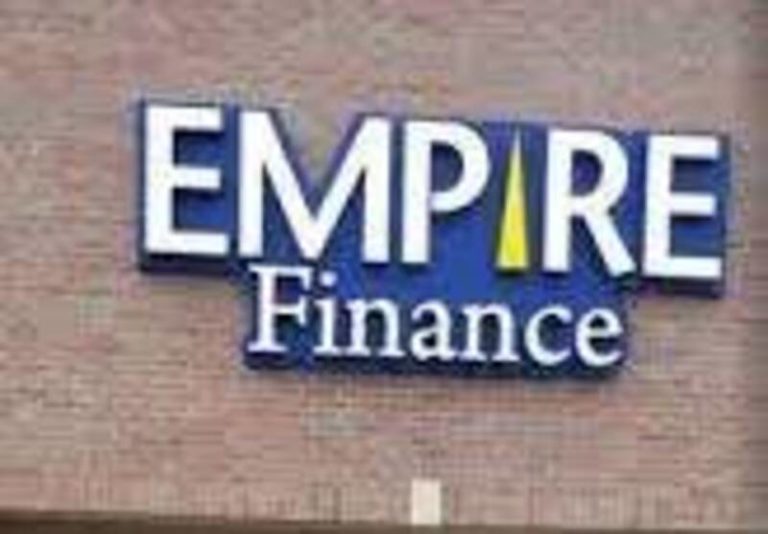Midwest Finance: Your Guide to Money Matters in the Heartland
When we talk about Midwest finance, we’re going into the area of money management, savings, investments, and economic growth in the United States’ core region. Many states in the Midwest have distinct economies, and understanding its financial environment might help us make better financial decisions.
Economic Landscape of the Midwest
The Midwest includes states such as Illinois, Ohio, Michigan, and others. Manufacturing, agriculture, technology, and healthcare are significant industries in these states that fuel their economy. The Midwest has witnessed changes in job possibilities and economic problems throughout the years, making it critical to monitor these developments.
Financial Institutions in the Midwest
There are areas in the Midwest where you may manage your money. Traditional banks, where you may save and borrow money, credit unions, which frequently provide reduced fees and better interest rates, and investment organizations that help you develop your wealth are examples of these. Some new and creative financial technology (fintech) firms are also influencing how consumers handle their finances.
Personal Finance in the Midwest
The Midwest has its own method of dealing with money. They save money for future goals such as purchasing a home or retiring comfortably. Many families want to buy their own houses and plan for their retirement years. Students who want to further their education may take out student loans to assist pay for their courses.
Business Finance in the Midwest
Small farmers and high-tech enterprises alike in the Midwest require capital to develop and prosper. Small and medium-sized firms (SMEs) labor tirelessly to get capital to launch or grow their operations. Farms and agribusinesses require financial help to provide food for the country in locations where agriculture is a significant aspect of the economy.
Real Estate and Mortgage Trends
In the Midwest, purchasing a home is a major thing. The area has both residential and business structures. Mortgage rates (the interest you pay on your house loan) and home affordability are important elements influencing the real estate market.
Agriculture and Agribusiness Finance
Farming is essential in the Midwest. Farmers encounter obstacles such as changing weather patterns and market demands. To overcome these obstacles, they frequently require loans to purchase equipment, seeds, and other necessities. Agribusinesses that process and sell farm goods rely on financial help as well.
Investment Opportunities in the Midwest
Investing is the way to go if you want your money to grow. People in the Midwest spend their money for the long term in stocks (company pieces), real estate (property), and mutual funds (bundles of assets).
Economic Development and Growth Initiatives
The Midwest is working hard to build a brighter future. To recruit new firms and enhance infrastructure (roads, bridges, etc.), governments provide incentives (benefits). When banking and other industries collaborate, it may lead to even more development.
Financial Education and Resources
Knowing how to manage money is important. Workshops, online tools, and advice from local experts can help you make informed financial choices.
Challenges and Future Outlook
Technology is changing finance, and the Midwest needs to adapt. Also, the changing population and environmental concerns are factors that will shape the region’s financial landscape in the years ahead.
Conclusion
Understanding Midwest finance enables us to have an understanding of how money travels and grows in the core of the United States. The Midwest’s financial sector provides something for everyone, whether it’s personal savings, company growth, or investment. We can navigate our way to a brighter financial future by keeping educated and making wise decisions.
FAQ:
Q: What is Midwest Finance?
A: Midwest Finance refers to the financial landscape, practices, and economic activities related to money management, investments, savings, and economic growth in the central region of the United States, commonly known as the Midwest.
Q: What are some key industries driving Midwest Finance?
A: Manufacturing, agriculture, technology, healthcare, and other industries thrive in the Midwest. These sectors have a large impact on the region’s economic growth and financial operations.
Q: How do financial institutions operate in the Midwest?
A: Traditional banks, credit unions, investment businesses, and fintech firms are among the financial institutions in the Midwest. They provide savings accounts, loans, investment options, and cutting-edge financial technology solutions.
Q: What are common personal finance practices in the Midwest?
A: Midwesterners prioritize investing for long-term goals such as housing and retirement. Many families want to purchase a home and plan for their retirement years. For individuals pursuing further education, student loans are very frequent.
Q: How does business finance work in the Midwest?
A: Small and big businesses in the Midwest rely on capital to start, run, and develop. Small and medium-sized firms (SMEs) frequently need money for expansion, while farms and agribusinesses in agricultural regions demand financial assistance for equipment and output.
Q: What are the real estate and mortgage trends in the Midwest?
A: The Midwest experiences trends in both residential and commercial real estate. Mortgage rates and housing affordability play crucial roles in shaping the real estate market in the region.
Q: How are agriculture and agribusiness finance managed in the Midwest?
A: Because agriculture is so important, farmers and agribusinesses in the Midwest often need help paying for tools, seeds, and dealing with the problems that come with growing and meeting market demands.
Q: What investment opportunities are available in the Midwest?
A: You can invest in stocks, real estate, investment funds, and other financial assets in the Midwest. Over time, these chances help people and companies make more money.
Q: What economic development initiatives are taking place in the Midwest?
A: To help the economy grow in the Midwest, governments and groups from different fields are working together. This includes giving businesses benefits and spending money on facilities.
Q: How can I learn more about Midwest Finance?
A: You can explore financial education resources such as workshops, online tools, and advice from local experts to enhance your understanding of managing money effectively in the Midwest.
Q: What challenges and trends are influencing Midwest Finance?
A: The future of Midwest Finance is being shaped by changes in technology, population, and the environment, as well as by new challenges and possibilities.
Q: Why is understanding Midwest Finance important?
A: Understanding Midwest Finance helps people, companies, and policymakers make smart financial choices that can affect their own growth, the growth of the economy, and the region’s general health.
Q: How can I navigate the financial landscape of the Midwest effectively?
A: Staying up to date on economic trends, getting financial education, and talking to experts can help you better understand the Midwest’s financial scene and help you make better choices.
Also Read:







